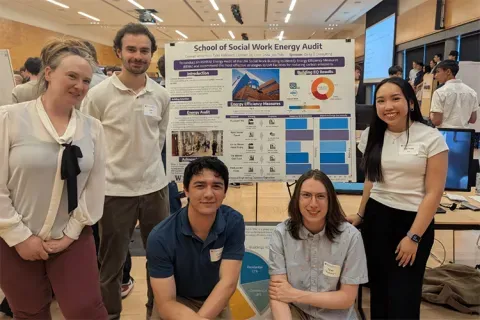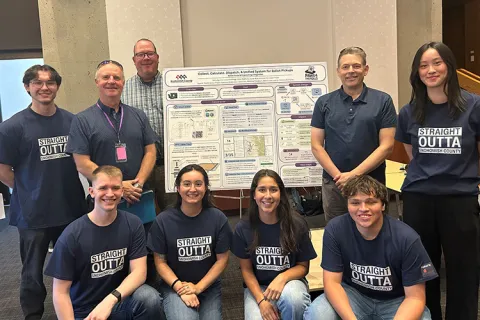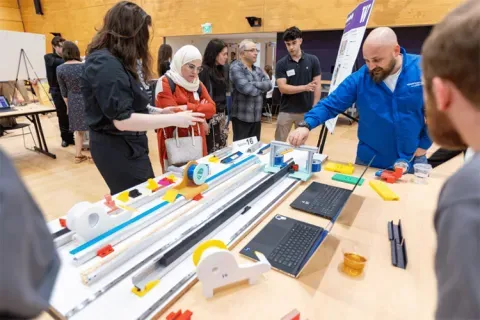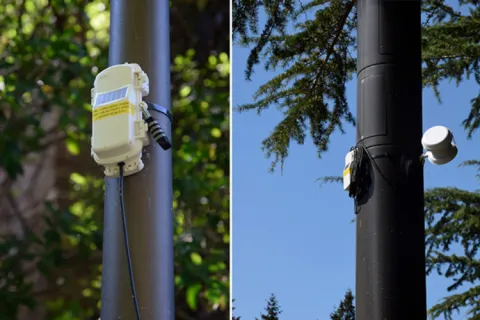Novo Nordisk
Digital Companion for Chronic Disease Patient
It is estimated that 1/3 of people diagnosed with a serious, life-changing chronic illness or disease will experience symptoms of depression such as loneliness, sadness, isolation, and despair. As chronic conditions such as Type II Diabetes and Alzheimer’s Disease increase, the condition of depression rises commensurately. Compounding the circumstance, many people who suffer from chronic illness and depression remain isolated or homebound. Finding a solution in-home to alleviate depression can help these people achieve more positive health outcomes. This student team worked to develop a digital companion device (digital robot/pet, standstill device, Tamagotchi-like device, etc.) which would provide information and direction for helping this patient manage their condition (dietary, physical activity, medication management, emotional support, etc.) but more importantly, provide the patient with personified feedback that is customized to their unique needs as well as employing ML/AI to both learn (train) and remember. These were meant to be in the form of command -based and proactive interaction. The student team worked to build a robot that would ideally employ multiple output modalities such as voice, on-screen text and visuals, LED’s, movements, and sound effects, to create a more extensive and dynamic experience for the patient. The robot could also employ a personality (similar to chatbots) as well, creating a personal/customized connection with the patient. Anticipated outcomes this student team worked towards included: • Working prototype, end-user platform • Solution is accessible from smartphone or wearable • Name (personality) of tool • Drawings, schematics, plans for tool elements beyond physical prototype
Faculty Adviser(s)
Payman Arabshahi, Electrical & Computer Engineering
Related News

Mon, 10/13/2025 | UW Mechanical Engineering
Capstone collaboration leads to award
An ME capstone team received first place for its energy audit of the UW School of Social Work building.

Thu, 07/17/2025
UW engineering students develop smart ballot solution
UW engineering students develop smart technology solution to improve ballot collection for Snohomish County.

Mon, 07/07/2025 | UW Mechanical Engineering
Capstone creations
Students displayed innovative capstone design projects at the 2025 expo.

Fri, 09/20/2024 | UW Civil & Environmental Engineering
Smarter irrigation for a greener UW
A new project combines satellite data with ground sensors to conserve water and create a more sustainable campus environment.